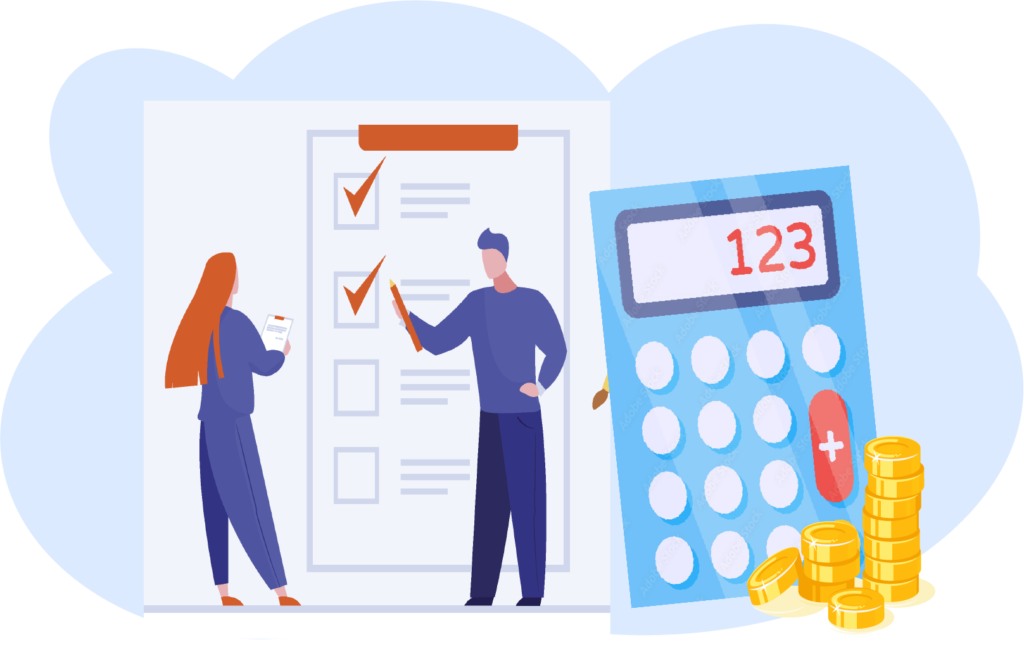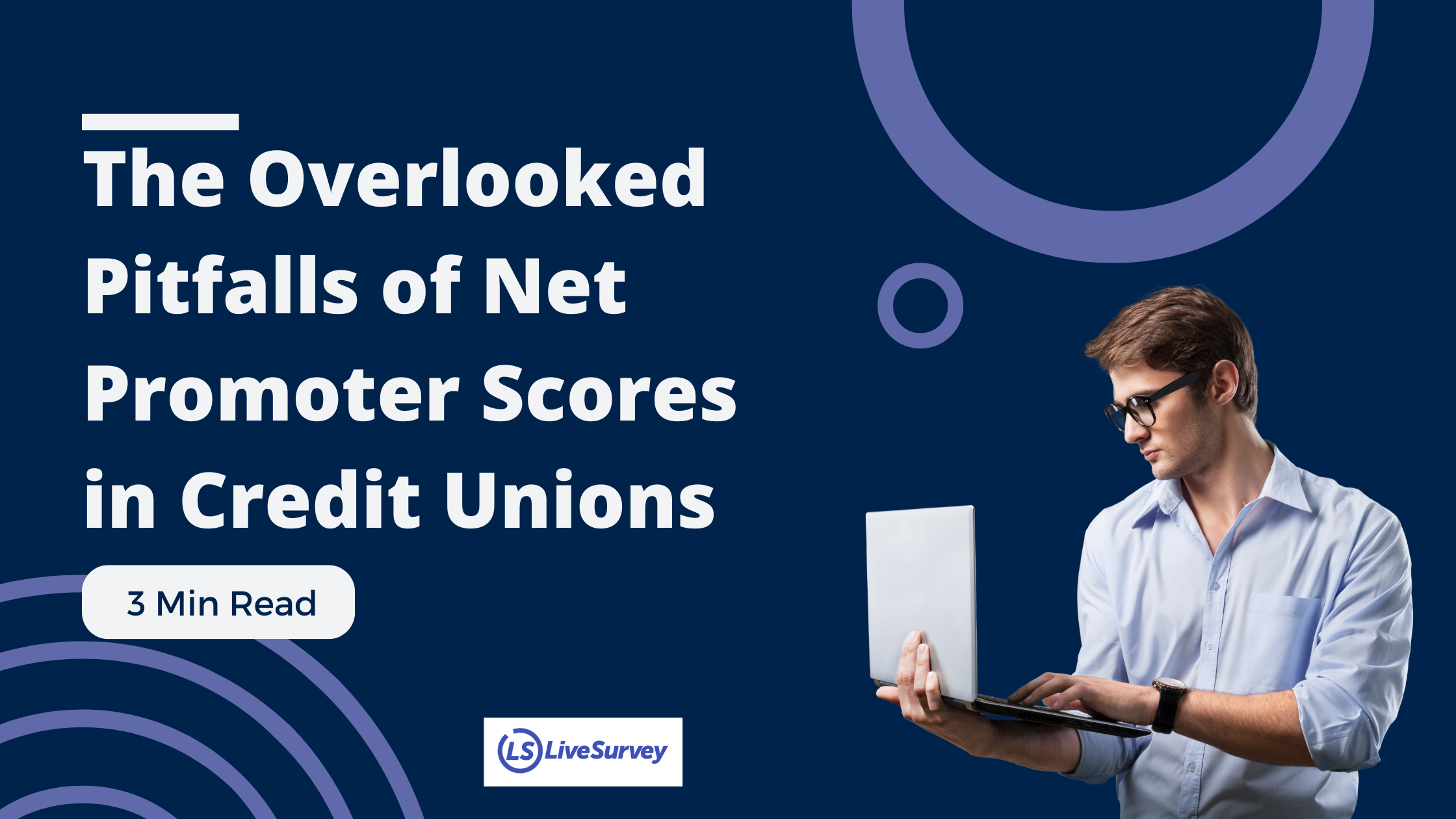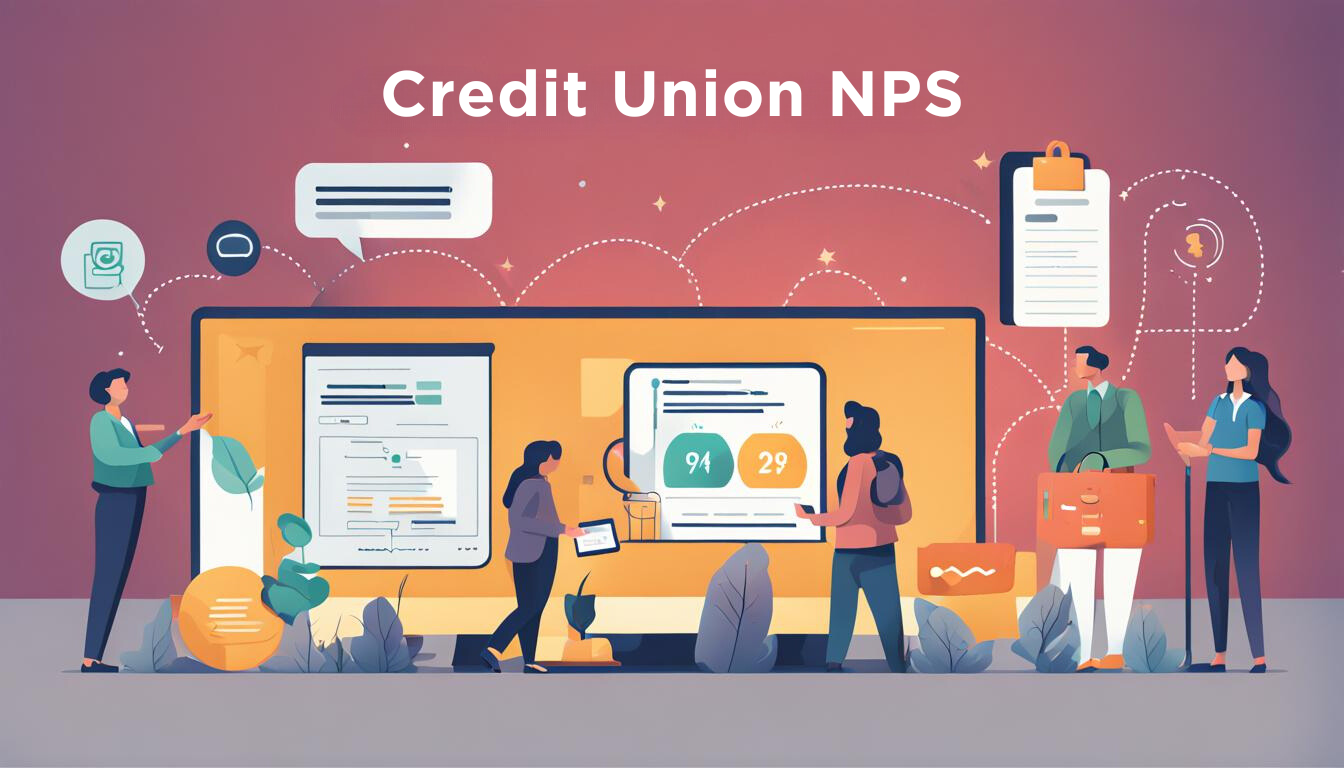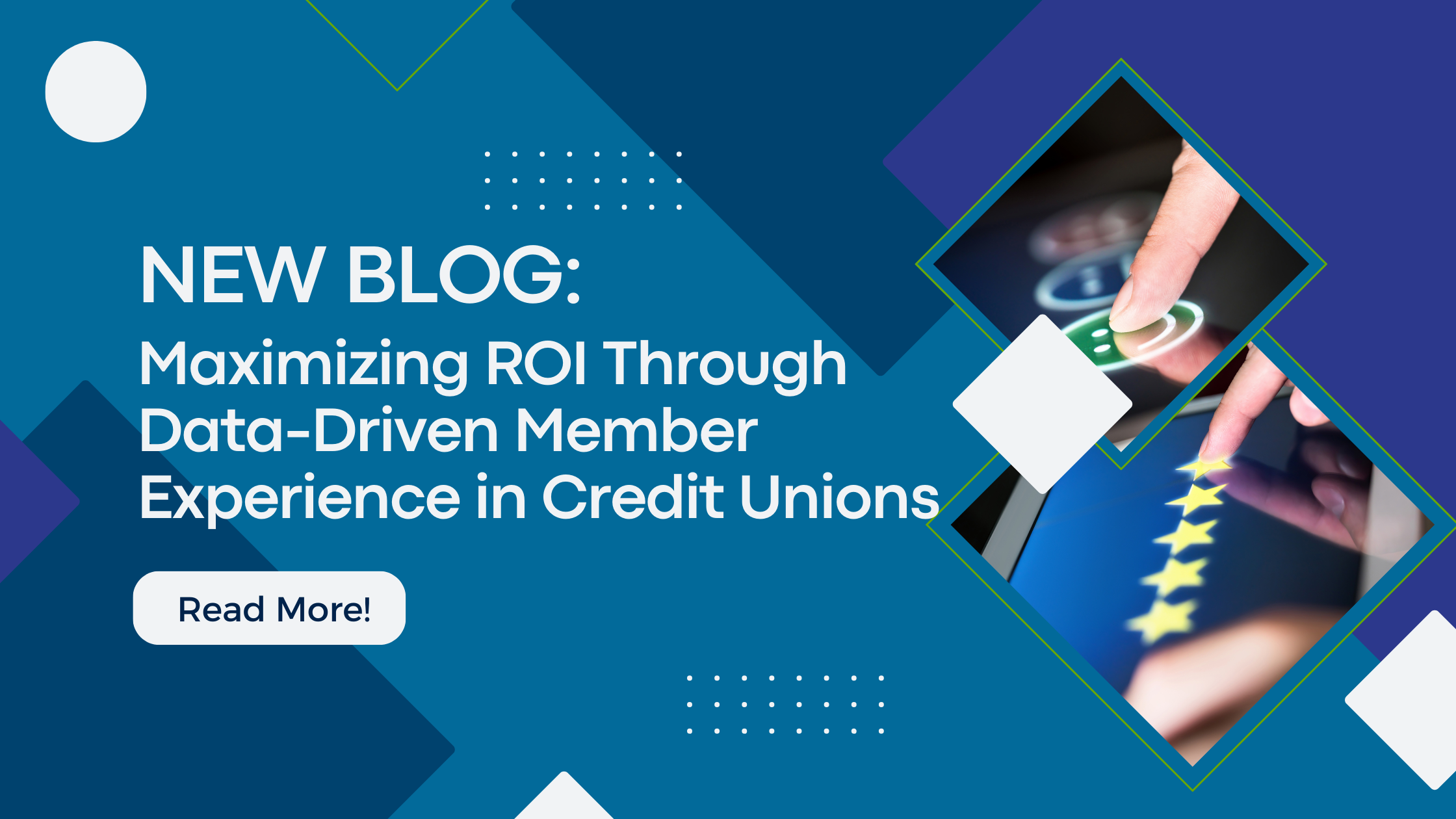The newest trend in banks and credit unions concerns non-sufficient fund (NSF) and overdraft fees. The prevailing wisdom is that they’re bad for members financially… and that they damage member relationships.
Your credit union may be considering changes to your fee strategy. You may have already made changes, as have many other financial institutions.
At MAPS Credit Union, we were concerned about having to make changes to our overdraft policy. However, we knew that some of our members like our overdraft setup and use it frequently, on purpose. Any change we make would have to resonate well not just with people who don’t want fees, but also those who do want our overdraft protection.
It’s important to understand how your members actually feel before making any big changes. So, we measured member sentiment for our overdraft users and gained some useful insight.
NSF/Overdraft Fee Drawbacks
Credit unions charge NSF fees when members don’t have enough money in their account to cover a purchase. However, many people suggest this practice unfairly targets lower-income members.
Often, a $35 fee pays for a $5 latte. Some liken the practice to usury.
The argument against NSF/overdraft fees is multifaceted:
- It hurts members financially. A $35 overdraft fee to cover a $5 latte will put the member in a worse position in the future. Additionally, multiple overdraft fees in a short period can cost hundreds of dollars—dollars the member may not have. Typically, this hurts financially at-risk members the hardest.
- It hurts member relationships. When members incur fees, they don’t blame their circumstances, their financial habits, or other factors; they blame the credit union for charging a fee. That can quickly lead to bad blood and a lost member, as well as potential reputational risk.
- NSF/overdraft fees are not solid income. Fee income is best when members opt into it rather than stumble over it. A lot of credit union call center resources go toward resolving fee disputes, meaning that NSF/overdraft fee income isn’t as reliable as other fee income.
These are a few of the reasons why multiple pieces of legislation have targeted NSF/overdraft fee income. They’re also why many banks, neobanks, and credit unions have reduced or eliminated fees entirely.
However, there are benefits to overdrafts, too. Many members use overdrafts as a financial strategy. In fact, some members overdraft several times per month. So, in addition to bringing in fee income, overdrafts do serve a purpose for many members.
Do Overdraft Fees Make Members Unhappy?
At MAPS Credit Union, we wanted to understand how fees affected our member relationships. The feedback we got was very interesting.
We compared the member NPS scores of 3 different segments of members who used (or incurred) overdrafts:
- Very frequent: ~45 overdrafts yearly;
- Frequent: ~15 overdrafts yearly; and
- Average: ~2 overdrafts yearly.
Very surprisingly, there was basically no difference in NPS scores between the member segments above (range: 89.1–89.8). We didn’t segment further by income, and we didn’t collect NPS scores immediately after charge/payment, so that may be important to note.
However, we concluded that our members would feel indifferent if NSF went away. We were also relieved to see that infrequent overdraft users didn’t harbor us any lasting ill will.
Overlaying member sentiment with member data helped us move forward more confidently with our strategic decision regarding NSF/overdraft strategy.
Additional Resources
Using member feedback in conjunction with member data is the best way to inform decisions that impact members. Surveys can be used as a key data source in your data-driven strategy.
To learn more about NPS scores, download our full guide here: https://livecusurvey.com/ultimate-nps-guide/




